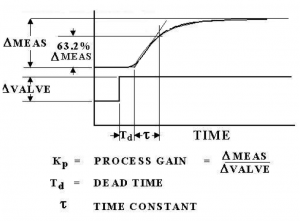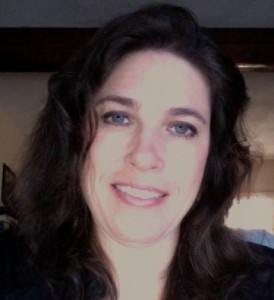This question came in from a student taking the online Certified Control Systems Technician® (CCST®) Level I Review Course (TS00E). We thought it would be valuable to share the exchange here. The answer was provided by the course instructor, Thomas Stokes.
Question from Student:
In the CCST study guide, domain 1 question number 55 gives an answer of 63.2% as being the correct response. Can you give an explanation of how this is determined?
Question 55:
The time constant (first order lag) in a transmission system is the time necessary (after dead time) following an upset for the response curve to reach ____________ of its final value.
A. 100%
B. 63.2%
C. 50%
D. 37.8%
Answer: Domain 1 Question 55:
The 63.2% answer is the time that elapses from the first observable or measurable response in the process reaction curve and the controlled variable reaching 63.2% of its final value. Example: If the controlled variable starts at a setpoint of 300 degrees Fahrenheit and changes to a maximum peak value of 350 degrees Fahrenheit, the elapsed time required to reach a temperature of 331.6 degrees Fahrenheit is the process time constant. The example only applies to a process that can be defined as a first order lag plus dead time. (FOLPDT).
About Thomas Stokes, Instructor
Tom has over 25 years of industrial control systems experience in production, maintenance and supervision. Currently, he is semi-retired after a 11 year teaching career at San Jacinto College as an instructor in the Instrumentation Technology Department and continues to teach there as an adjunct faculty member. Also, Tom has taught instrumentation short courses in various instrumentation subjects for Occidental, Eisai, Valero, Shell Oil, DuPont and in the Texas High School Technical Preparation Program. In addition to ISA, Tom is a member of the Texas Community College Teachers Association and is affiliated with the Gulf Coast Process Technology Alliance and the Industrial Instrumentation and Controls Technology Alliance. He has served a term as co-chairman of the IICTA curriculum committee and is a member of the San Jacinto College instrumentation advisory committee.





